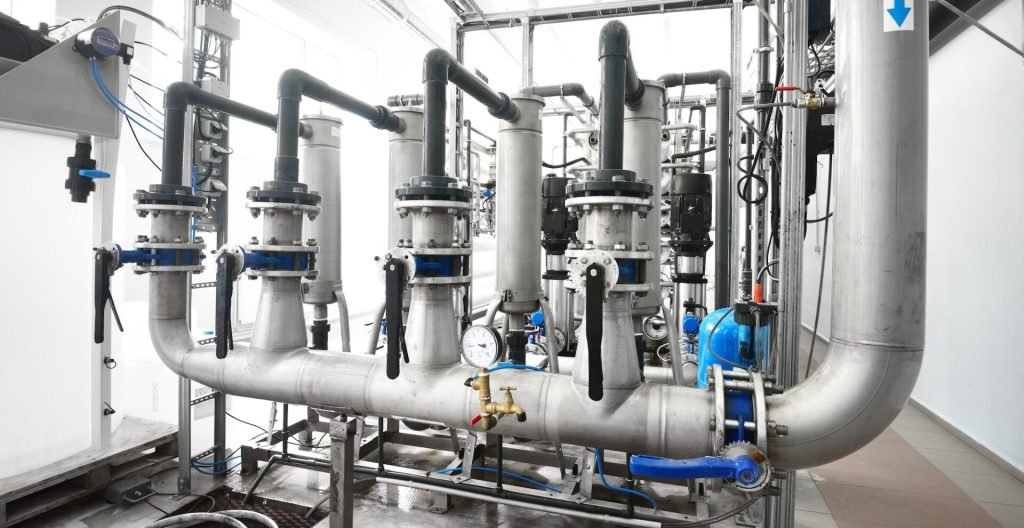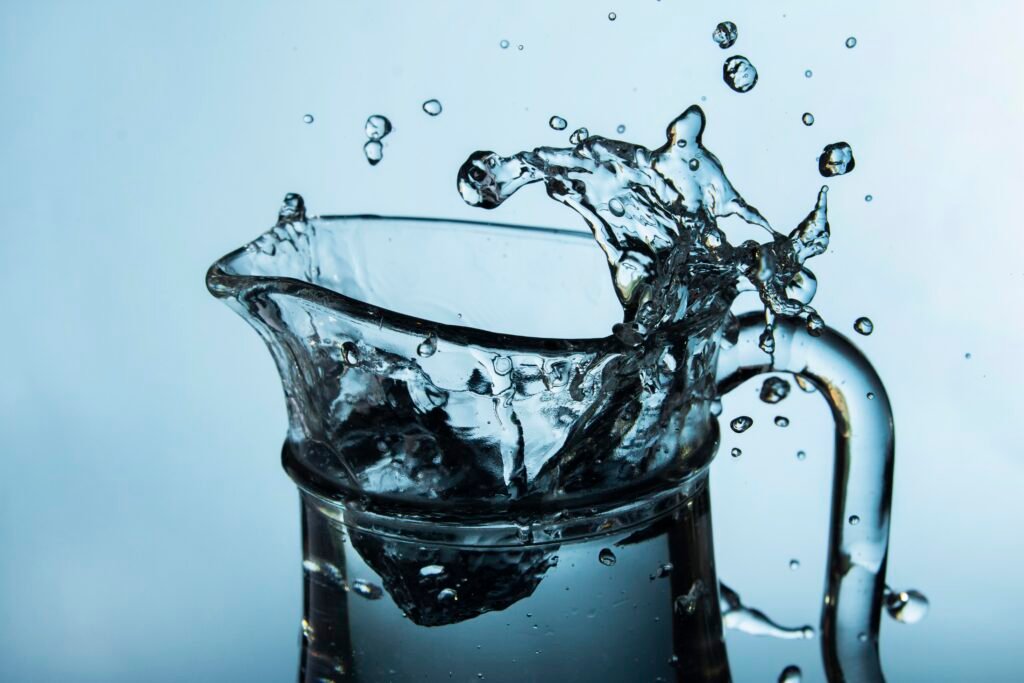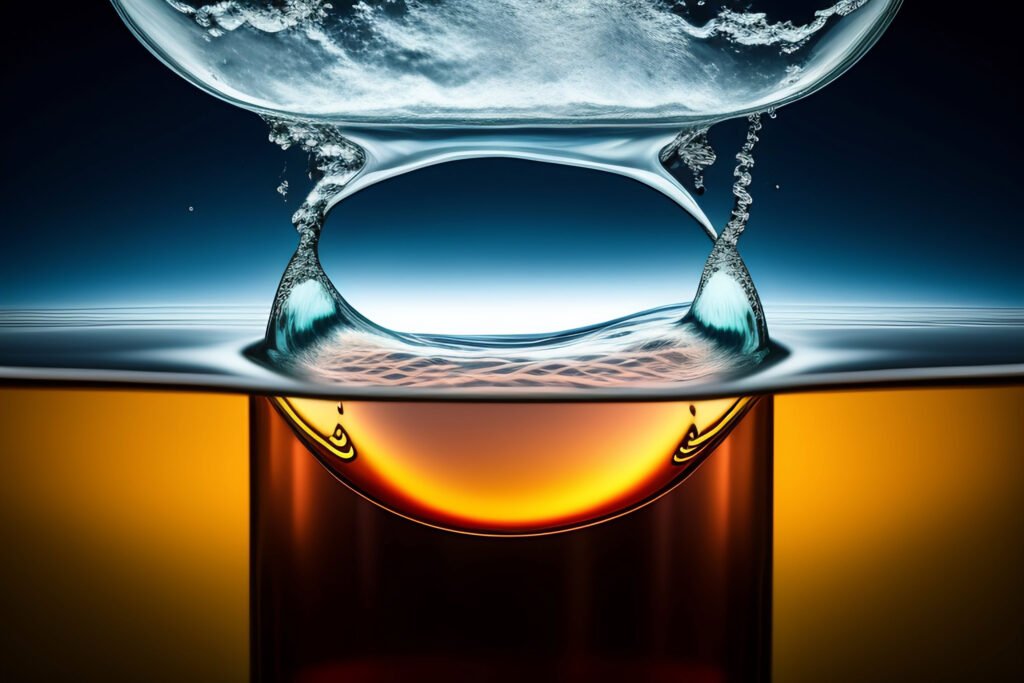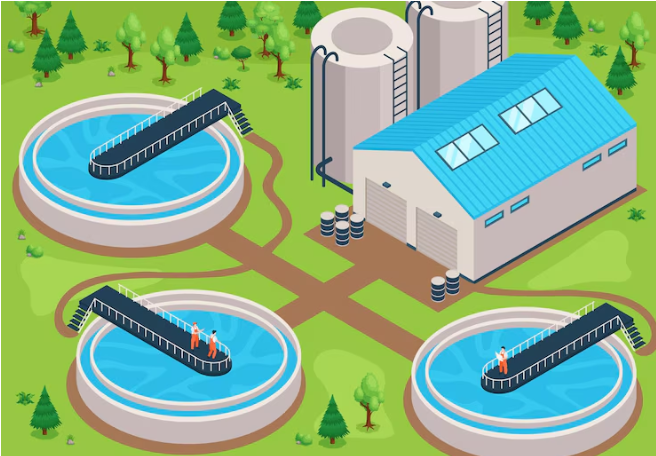The Role of Dissolved Air Flotation (DAF) in Wastewater Treatment
Dissolved Air Flotation: availability of water, effective and innovative wastewater treatment technologies have become essential. Among the emerging and highly effective technologies in wastewater treatment, the most versatile and applicable solution developed so far is the Dissolved Air Flotation (DAF). DAF is highly used in removing suspended solids, oils, and greases, thus making it highly useful in industrial and municipal applications. Due to its innovative design and functionality, it has been found particularly useful for multiple industries, such as food processing, oil and gas, textiles, and paper manufacturing.
This blog discusses the special features of DAF technology, its advantages, and its applications. It also describes how a company like Sarvo Water considers DAF technology when formulating comprehensive solutions for wastewater treatment.

What is Dissolved Air Flotation (DAF)?
DAF is a physiochemical process of suspension of oils and other contaminants in wastewater by dissolving air in water. The process injects air under pressure into the wastewater. Released into the flotation tank, it then forms small bubbles attaching themselves to suspended particles making them float to the surface. Once they reach the tank’s top, the floating particles are skimmed off and clarified water results.
DAF systems can be particularly useful when suspended solids have a density close to, or less than, that of water, which in traditional sedimentation loses the effectiveness of separating.
Key Innovations in DAF Technology
- Microbubble Generation: The generation of air bubbles of appropriate size is the most important parameter determining the effectiveness of the DAF technology. New advances made recently allow the production of ultra-fine microbubbles that significantly enhance the floatability process. Smaller-sized air bubbles increase the surface area exposed to particles and allow more to be attached and the smallest contaminants removed efficiently.
- Chemical pre-treatment with Coagulants and Flocculants: Another innovation of the modern DAF system is the utilization of chemical pre-treatment to increase the removal efficiency of particles in the water. Additions of coagulants and flocculants before entry into the flotation tank increase the size of formed aggregates from suspended solids in wastewater. This enhances the effectiveness of this method, mainly for streams containing vast colloidal particles.
- Energy Efficiency and Sustainable Design: The other drawback associated with conventional DAF systems is that they consume a lot of energy since the pressurized air to be used for the floatation process was not efficient; new technologies in pumps and also energy recovery systems have made the modern DAF units more energy efficiency, therefore, reducing the cost of operating them and their footprint on the environment. Some of them even have integrated solar energy for them to function, hence improving the sustainability aspects to even higher extents.
- Hybrid DAF Systems: Hybrid systems combine the DAF technology with other treatment processes, like biological filtration or MBR. These hybrid systems together enhance the overall outcomes of wastewater treatment, especially for multiple contaminants in a single treatment.
How DAF Technology Works
- Pressurization: A portion of the effluent, in a DAF system, is pressurized and saturated with air by a special pump. This saturated air, which is now water, is then let into the flotation tank at atmospheric pressure.
- Flotation Tank: Once there are air bubbles all around the suspended particulate, the oils, and the grease, these contaminants float upwards to form a froth or scum layer floating on top. Skimmers or scrapers can withdraw them.
- Clarification: Since the remaining clear water has no suspended solids, it can either be discharged into the environment or further treated.
Applications of DAF in Wastewater Treatment
- Industrial Wastewater Treatment: DAF is widely used in industries such as food processing, oil and gas, paper manufacturing, and chemical processing. These industries often produce wastewater with high concentrations of fats, oils, and greases (FOG) or solids that need to be removed before discharge.
- Municipal Sewage Treatment: In urban settings, DAF systems can be incorporated into municipal wastewater treatment plants to remove suspended solids and other contaminants before the water is treated further or released into the environment.
- Sludge Thickening: DAF is also used to thicken sludge generated from primary and secondary treatment processes, which reduces the volume of sludge for disposal and cuts down on transportation and handling costs.
- Water Recycling: Given the increasing focus on water reuse, DAF systems play a vital role in treating wastewater to a standard where it can be recycled for non-potable uses, such as irrigation or industrial cooling.
The Benefits of DAF Technology
- Efficient Contaminant Removal: DAF systems are highly effective at removing suspended solids, oils, and greases, achieving removal efficiencies of up to 99%. This makes them ideal for treating challenging wastewater streams.
- Flexibility: DAF units can be adapted to handle a wide range of wastewater types, from industrial effluents to municipal sewage, making them one of the most versatile wastewater treatment solutions.
- Space-Saving Design: DAF systems have a smaller footprint than many other types of treatment systems, making them suitable for space-constrained urban environments or retrofitting existing facilities.
- Low Sludge Production: Compared to other treatment methods, DAF systems generate lower amounts of sludge, reducing disposal costs and environmental impact.
The Future of DAF Technology
Future DAF technology will continue to improve efficiency, sustainability, and versatility. Further improvements in automation and real-time monitoring will offer even more energy-efficient future DAF systems while being more user-friendly. Hybrid DAF systems with other forms of treatment technologies will be a hot trend where advanced water treatment needs to be accomplished for recycling and reusing purposes.
In pursuit of sustainability, as advocated by industry, and the workings of a circular economy principle beyond mere recovery for resource maximization and the prevention of wastage of water, DAF technology shall remain an essential part.
FAQs
1. What contaminants can DAF remove?
DAF systems are effective at removing suspended solids, oils, greases, and other floatable materials from wastewater. They can also remove fine particles that may be difficult to separate using sedimentation.
2. How energy-efficient are modern DAF systems?
Modern DAF systems have become more energy-efficient due to advancements in pump technology, microbubble generation, and energy recovery systems. Some units even incorporate solar energy for further sustainability.
3. What industries benefit the most from DAF technology?
Industries such as food processing, oil and gas, paper manufacturing, and chemical processing benefit the most from DAF technology due to the high concentration of oils, greases, and solids in their wastewater streams.
4. Can DAF-treated water be reused?
Yes, after proper treatment, DAF-treated water can be reused for non-potable applications like irrigation or industrial cooling. Further treatment steps can also make the water safe for other uses.
5. How does Sarvo Water incorporate DAF technology into its solutions?
Sarvo Water integrates DAF systems into its comprehensive wastewater treatment solutions, customizing them to meet the specific needs of different industries and municipalities while focusing on efficiency and sustainability.
Conclusion
Generally, DAF technology is very significant to modern wastewater treatment, especially in industries and municipalities that are involved with higher levels of contaminants. The ability to effectively remove suspended solids, oils, and greases and innovations in energy efficiency and system designs make DAF an important component in the quest for sustainability in the treatment and reuse of wastewater. The rich experience of Sarvo Water in DAF systems would indeed help clients reach optimum treatment outcomes towards a cleaner water source and healthy environment.



